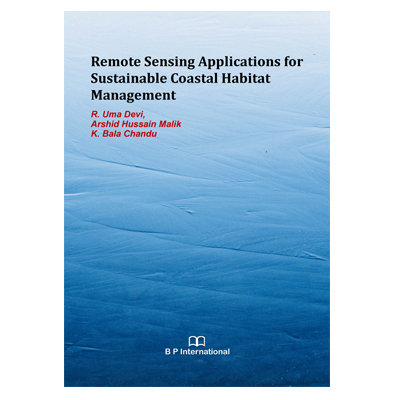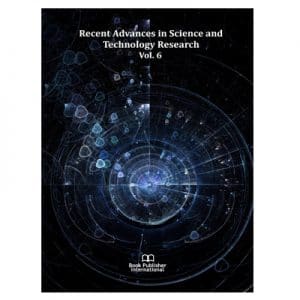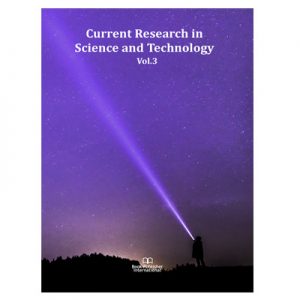Food, fossil fuels, electricity, transportation, and recreation may all be found in abundance in the coastal and marine environment, which is also home to a plethora of complex ecosystems that are vital to the long-term health of our planet. But human actions like tourism, urbanisation, navigation, fishing, agriculture, and aquaculture diminish these vital economic and cultural benefits. By giving data that can be utilised in decision-making to protect and maintain the environment, remote sensing is a widely employed method. The interpretation of remote sensing photos enables physical and biogeographers, ecologists, agricultural researchers, and foresters to quickly discover what vegetation is present in certain regions, its growth potential, and occasionally what conditions are conducive to its existence. Additionally, remote sensing provides the capacity to collect information over a wide region, characterise natural characteristics or physical items on the ground, examine surface areas or objects on a regular basis, and integrate this data with other information to help make better decisions.
Thus the first part of the book (Chapter-1) deals with coastal habitats, their importance ; the second part (Chapters-2) deals with the significance of various unique coastal ecosystems, and the last part (Chapters-3) focuses on remote sensing applications for coastal habitats to achieve sustainable coastal habitat management.
I am deeply grateful to faculty and reviewers who have suggested changes for this book. We strongly believe that this book will useful for research in this key field in the forthcoming years for the benefit of our Society. Have a nice read!





